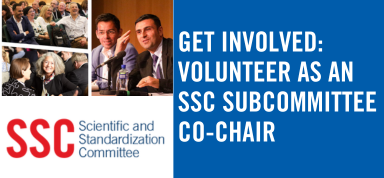
REGULAR CONTENT
Access to Premium content is currently a membership benefit.
Click here to join ISTH or renew your membership.
Patients with hematological malignancies (HM) frequently present thrombocytopenia and higher risk of bleeding. Although transfusion is associated with higher risk of adverse events and poor outcomes, prophylactic transfusion of platelets is a common practice to prevent hemorrhagic complications. Thromboelastometry has been considered a better predictor for bleeding than isolated platelet counts in different settings. In early stages of sepsis, hypercoagulability may occur due to higher fibrinogen levels.
ObjectivesTo evaluate the behavior of coagulation in patients with HM who develop sepsis and to verify whether a higher concentration of fibrinogen is associated with a proportional increase in maximum clot firmness (MCF) even in the presence of severe thrombocytopenia.
MethodsWe performed a unicentric analytical cross-sectional study with 60 adult patients with HM and severe thrombocytopenia, of whom 30 had sepsis (sepsis group) and 30 had no infections (control group). Coagulation conventional tests and specific coagulation tests, including thromboelastometry, were performed. The main outcome evaluated was MCF.
ResultsHigher levels of fibrinogen and MCF were found in sepsis group. Both fibrinogen and platelets contributed to MCF. The relative contribution of fibrin was significantly higher (60.5 ± 12.8% vs 43.6 ± 9.7%; P < .001) and that of platelets was significantly lower (39.5 ± 12.8% vs 56.4 ± 9.7%; P < .001) in the sepsis group compared with the control group.
ConclusionPatients with sepsis and HM presented higher concentrations of fibrinogen than uninfected patients, resulting in greater MCF amplitudes even in the presence of thrombocytopenia.
Abstract





























